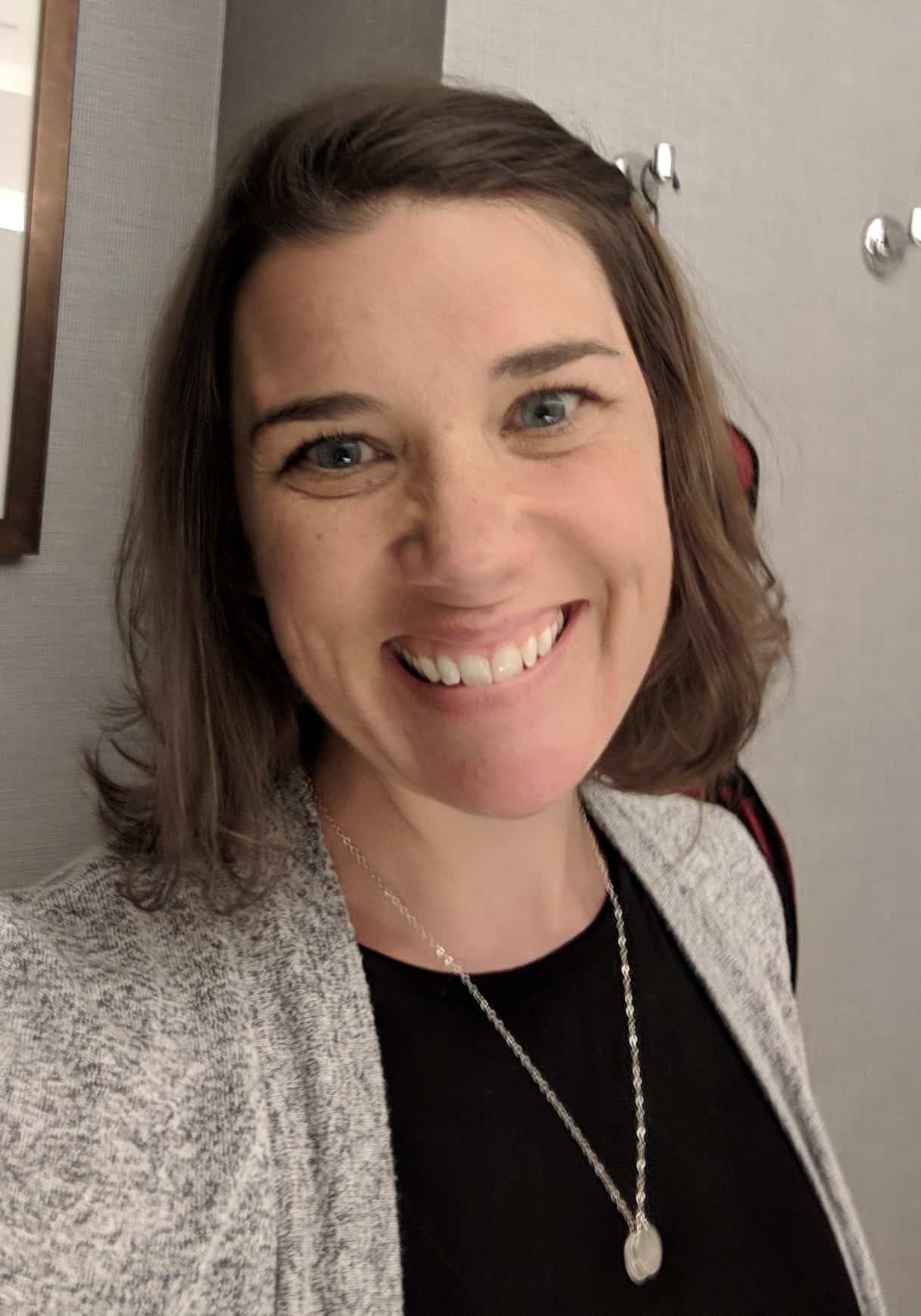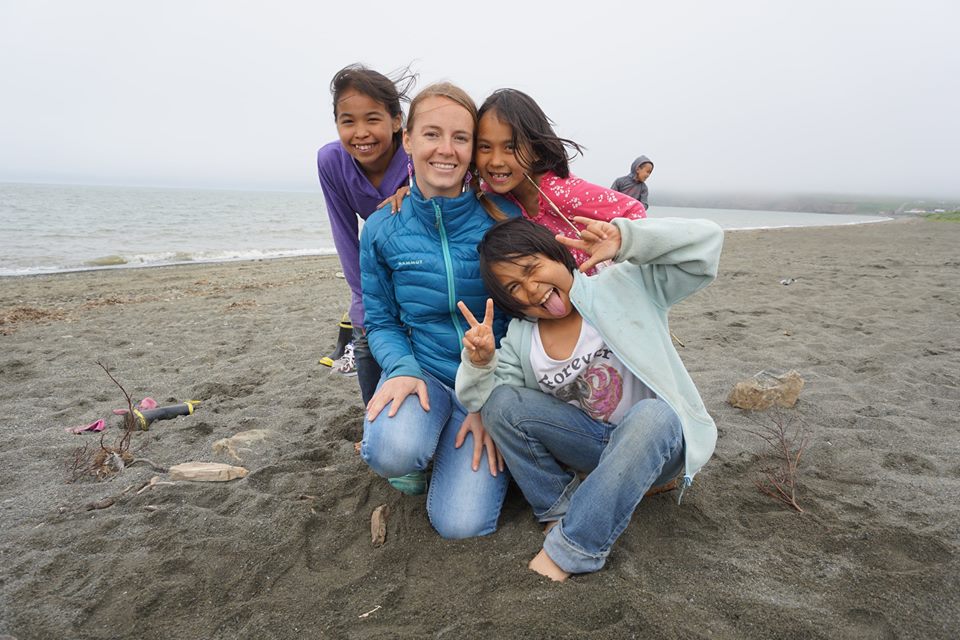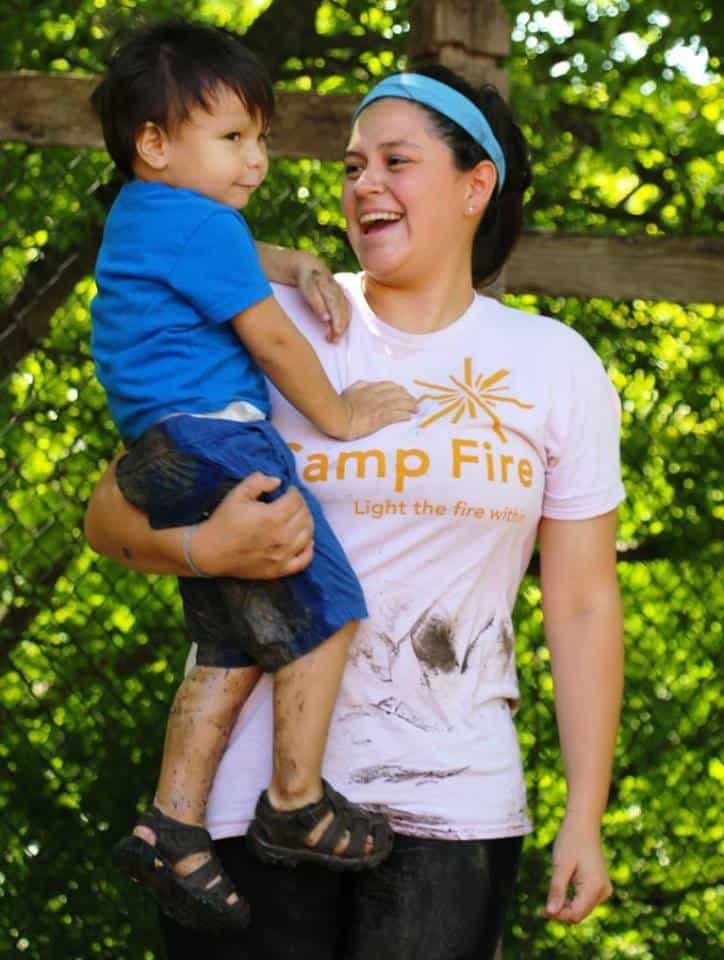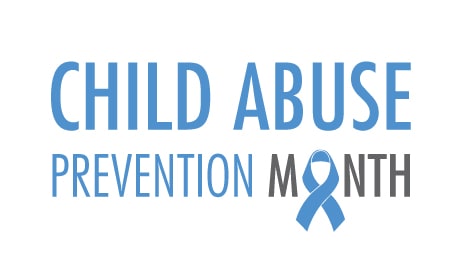
Youth Development Expert
Nikki Roe Cropp – Program Consultant, Camp Fire National HQ
Nikki is an expert in professional development training in youth development and the nonprofit sector. One of the many professional enrichment courses she facilitates is Camp Fire’s child abuse prevention and youth protection training. In honor of Child Abuse Prevention Month, Nikki shares why child abuse protection training is important to her as well as a priority for Camp Fire.

As a professional development trainer for Camp Fire, this is how I begin all my child abuse prevention and youth protection trainings:
“Camp Fire is devoted to the well-being of children and youth through safe, positive programming experiences. Safety is our number one priority. As a youth development organization, we assume an obligation of trust when we open our doors to young people. You, as an employee of Camp Fire, are an extension of that obligation. You are ethically and professionally bound to safeguard children and youth.”
It is important to make it very clear up-front that Camp Fire spaces will be safe spaces, and as Camp Fire staff, we are making a commitment not only to our youth but to their families and communities we work in.

Unfortunately, there is an ever-growing list of daunting statistics and trends surrounding child abuse:
+ 1 in 4 girls and 1 in 6 boys will be sexually abused before their 18th birthday. (1)
+ Nearly 70% of all reported sexual assaults (including assaults on adults) occur to children ages 17 and under. (2)
+ 3 in 10 mandated reporters failed to report (70% of cases are not being reported).
+ A 1990 study found that only 40% of maltreatment cases and 35% of the most serious cases known to professionals mandated to report were in fact reported. (3)
+ More than 3 million referrals of child maltreatment are received by state and local agencies each year. (4)
+ The incidence rate of child abuse and neglect in this country is about ten times as high as the incidence rate for all forms of cancer. (5)
+ Forty to fifty percent of child molestations are committed by juveniles.
+ Without treatment, abused children are:
- 50 times more likely to abuse alcohol and drugs;
- 59% more likely to be arrested as a juvenile; (6)
- Six times more likely to commit suicide. (7)
These statistics reflect abuse that is all too common and unacceptable.
This is why Camp Fire emphasizes three main reasons that we cover materials on abuse in our trainings:
- We know that people who wish to do children harm are attracted to places that serve youth. You need to know that Camp Fire will believe and will follow through on any accusations made against staff–paid or volunteer–and other youth.
- To give you a better understanding of abuse, and to teach you skills to report in accordance with Camp Fire’s procedures, should you suspect or have a child disclose that they are being abused. AND,
- To tell you that if you came here to have an opportunity to do harm to children you have come to the wrong place. (8)
It is imperative that our staff have a thorough understanding of the signs and symptoms of sexual, physical, and emotional abuse, neglect and domestic violence, in order to ensure they will be able to recognize signs of abusive situations. We cover what to say to a child or youth if/when they disclose abuse, the importance of making a report, and how to do so. We review the policies and procedures within Camp Fire that exist to minimize the potential for abuse. We practice identifying signs and symptoms through case studies, we watch scary video clips of offenders telling us how they gained access to children in order to do them harm, we role-play various scenarios to practice what we would do in likely situations, and all the while, I continuously underscore their obligation to keep youth safe.
It’s exhausting, challenging, scary, and difficult work. And it’s my favorite training to deliver.
 Why? Because the message is so very important, so crucial to us fulfilling our promise to young people. Camp Fire programs make a measurable positive impact on the youth we serve. We do an exceptional job of lifting youth voice, helping young people gain the life skills they need to shape their lives, build a positive identity, and commit to their communities. But youth can only reap these benefits if we first do no harm.
Why? Because the message is so very important, so crucial to us fulfilling our promise to young people. Camp Fire programs make a measurable positive impact on the youth we serve. We do an exceptional job of lifting youth voice, helping young people gain the life skills they need to shape their lives, build a positive identity, and commit to their communities. But youth can only reap these benefits if we first do no harm.
This is why child abuse prevention and youth protection training is critical. Youth workers must first understand the realities of child abuse—the prevalence, the signs and symptoms, typical perpetrator behaviors—because they cannot intervene in a process they don’t understand. Second, they must understand their responsibilities as mandated reporters to know how and when to intervene when abuse is suspected, witnessed, or disclosed or when suspicious behavior or policy violations occur.
In late 2018, Camp Fire began a partnership with Praesidium, an abuse-risk management firm, to strengthen our child abuse and youth protection work. Available now, all Camp Fire councils can access four of Praesidium’s online courses via our internal online learning platform, aimed at educating staff and volunteers on potential risks and reporting obligations. Praesidium also recently presented an introduction to child safety and youth protection at the Camp Fire National’s annual program workshop for program staff nationwide.

We know that training alone is not enough to create a safe environment, and that is why we will continue to partner with Praesidium over this next year to audit our current abuse prevention/youth protection policies and procedures that will result in recommended next steps—at both the national and council level.
At the end of my training, I do offer a bit of good news: abuse is preventable. The current realities of child abuse CAN change as more responsible adults learn how to recognize, report, and protect youth. Camp Fire will continue to be unwavering in our commitment to creating safe spaces for all youth from all families and all walks of life.


April is National Child Abuse Prevention Month, an annual observance in the United States dedicated to raising awareness and preventing child abuse. Camp Fire is committed to collaborative efforts to reduce the abuse of children and seeks way to work together to promote safety.
Five Days of Action: April 22 – 26
Join us April 22 – 26 as we participate in Five Days of Action to educate and take action against child abuse.
Camp Fire continually works to protect all youth and provide a safe and positive experience for youth and families, this month and every month of the year.
 References
References
- ACE Study – Prevalence – Adverse Childhood Experiences Http://www.cdc.gov/nccdphp/ace/prevalence.htm
- Snyder, H N. (2000). Sexual assault of young children as reported to law enforcement: Victim, incident, and offender characteristics. National Center for Juvenile Justice, U.S. Department of Justice.
- David Finkelhor, Is Child Abuse Overreported?, PUB. WELFARE, Winter 1990
- S. Dept. of Health and Human Services, Administration for Children and Families, Administration on Children, Youth and Families, Children’s Bureau. “Child Maltreatment 2012.”
- (Veith, 2004). David Finkelhor. “Current Information on the Scope and Nature of Child Sexual Abuse.” The Future of Children, (1994).
- Long – Term Consequences of Child Abuse and Neglect, Child Welfare Information Gateway. https://www.childwelfare.gov/pubs/factsheets/long_term_consequences.cfm
- Davidson JR et al. (June 1996). “The association of sexual assault and attempted suicide within the community”. Archives of General Psychiatry 53 (6): 550–555.
- (Thank you, American Camp Association, Texoma, for providing these blunt, yet extremely powerful, talking points in your Child Protection training kit).

